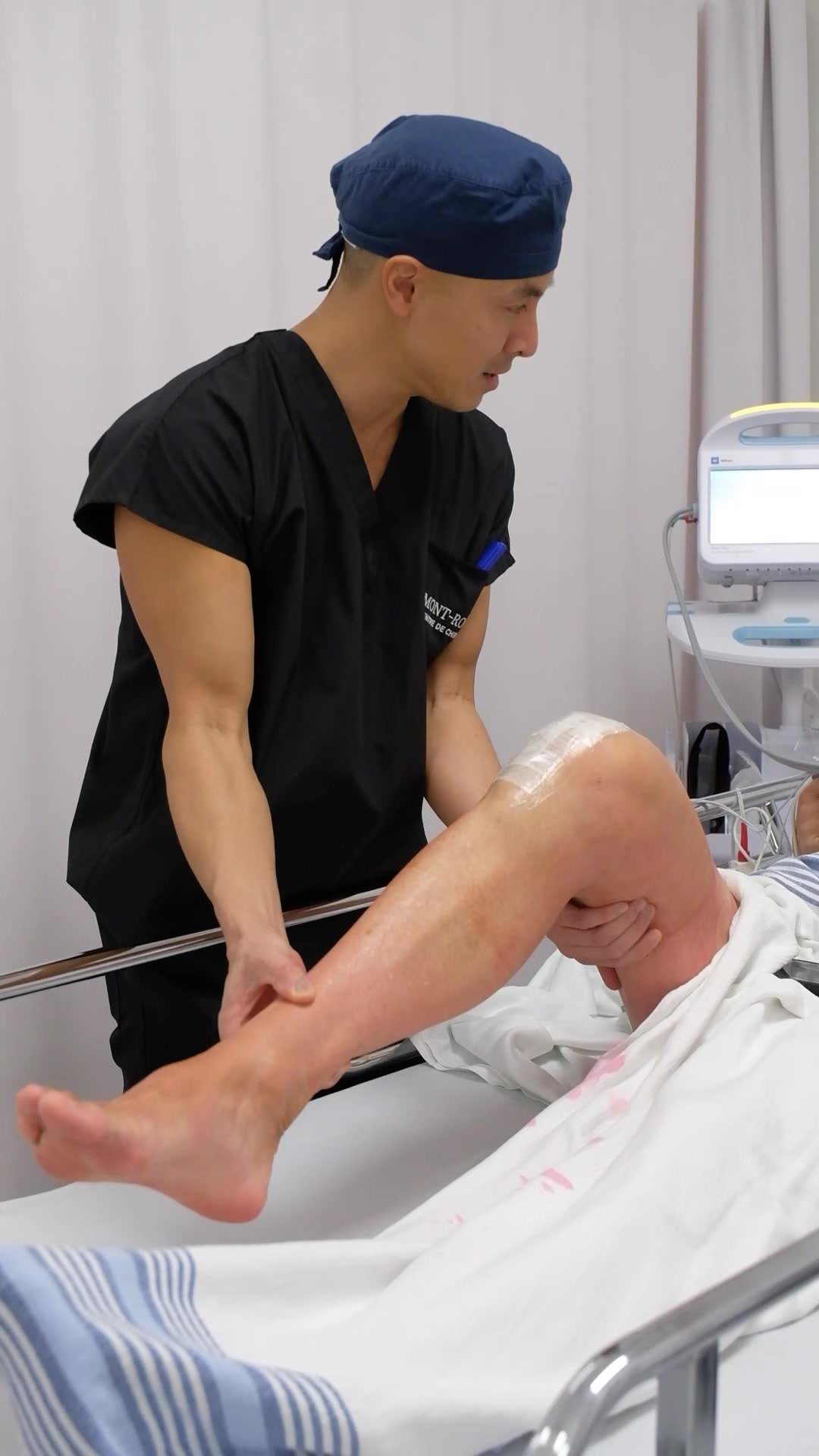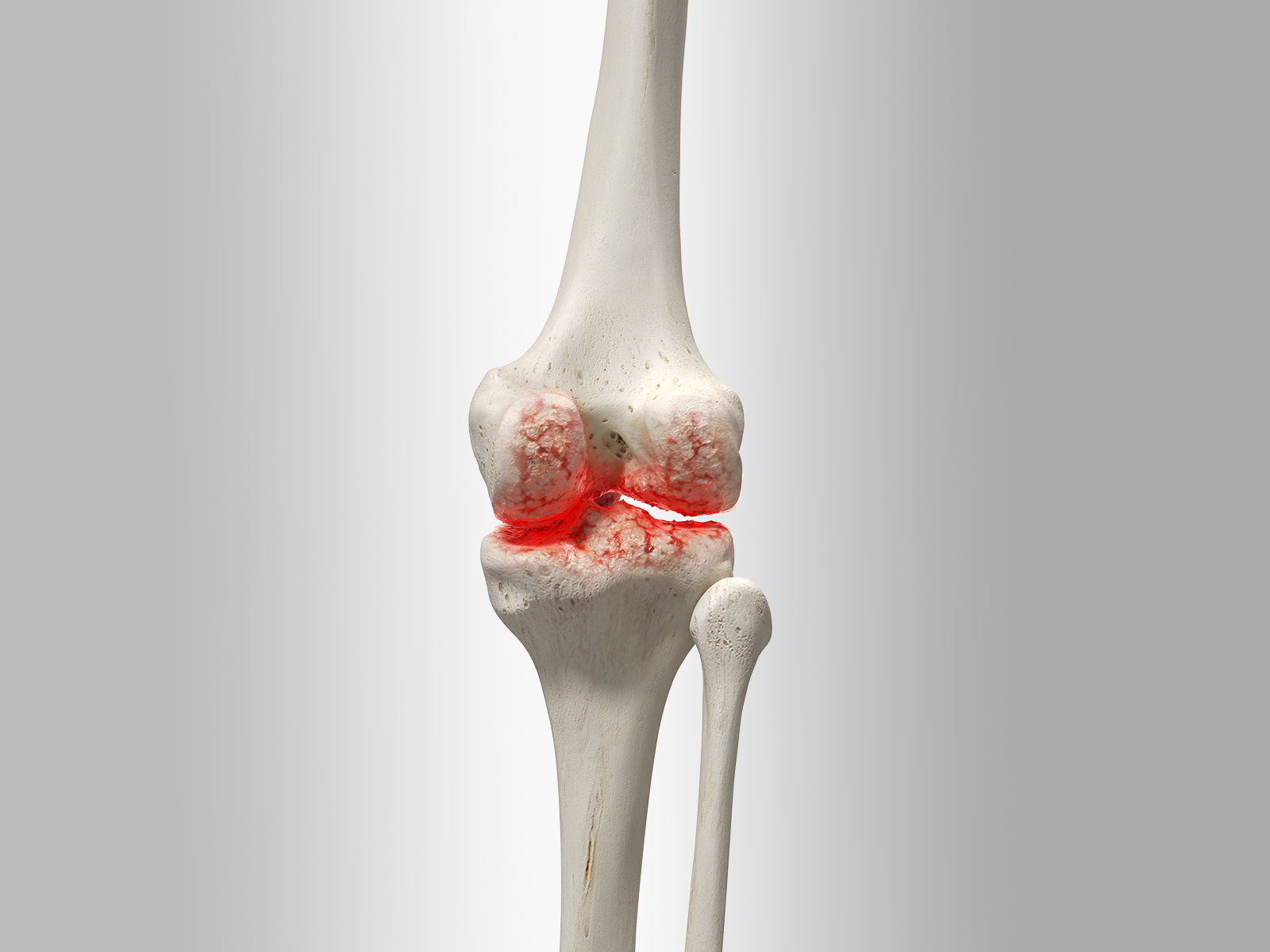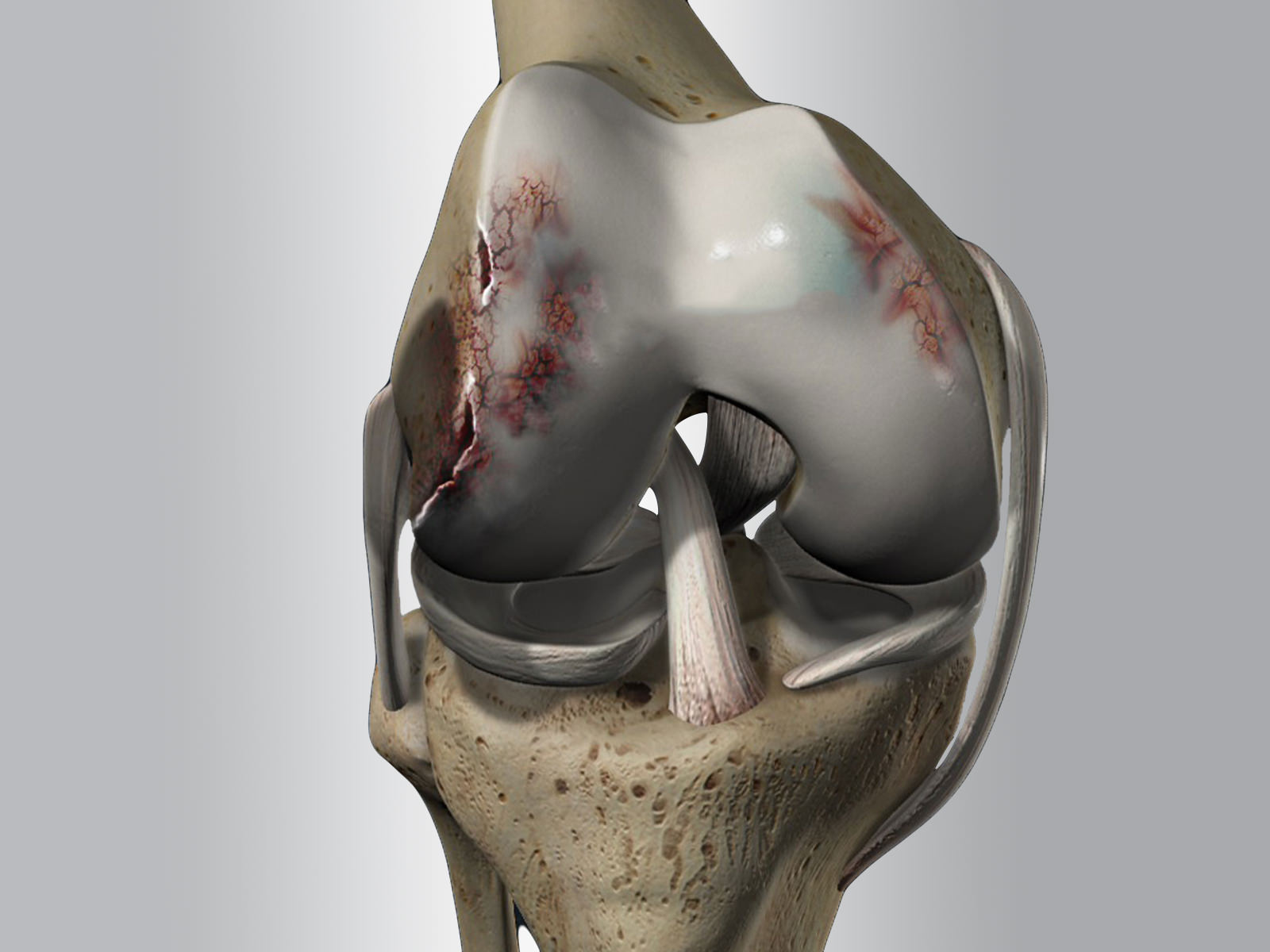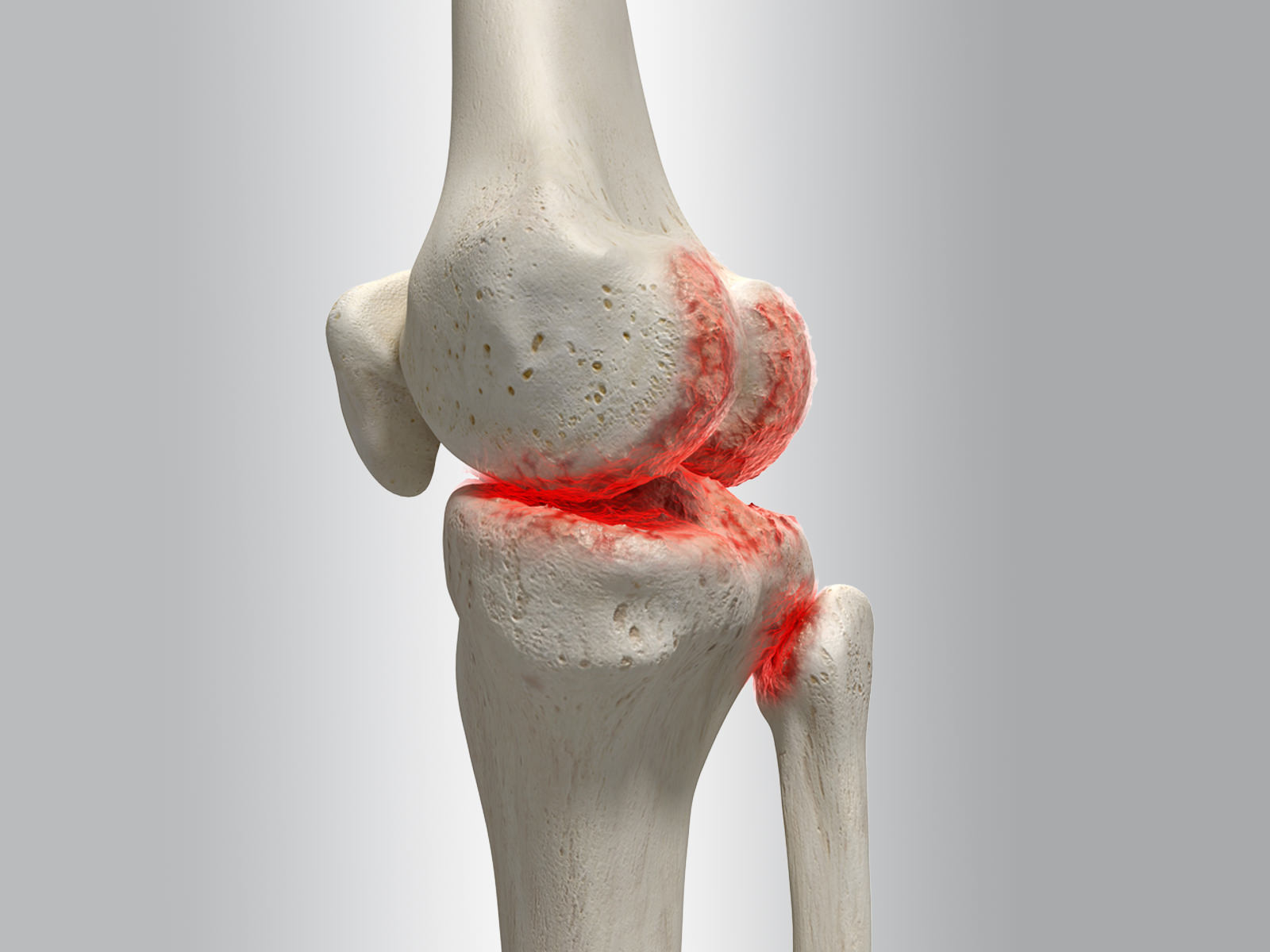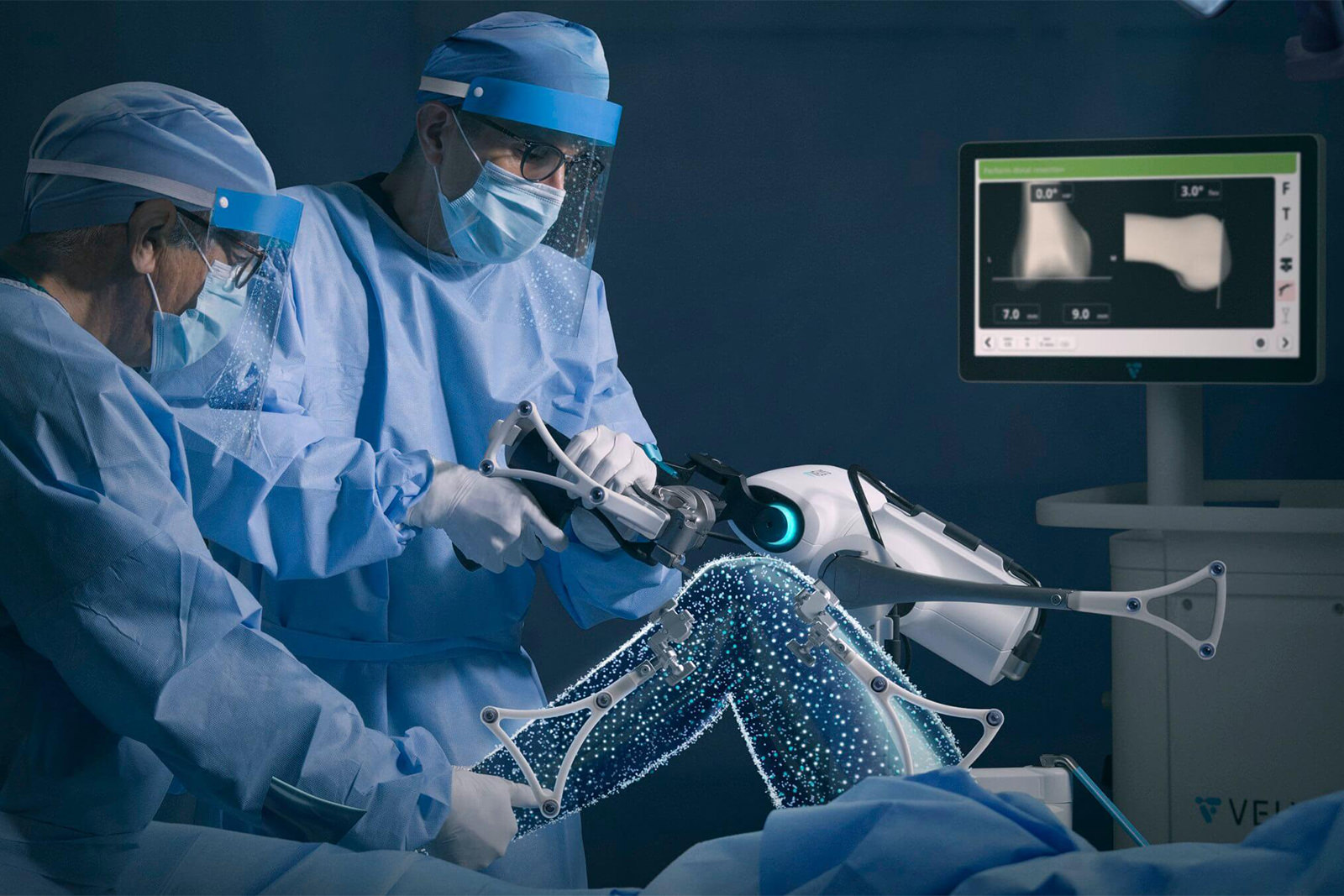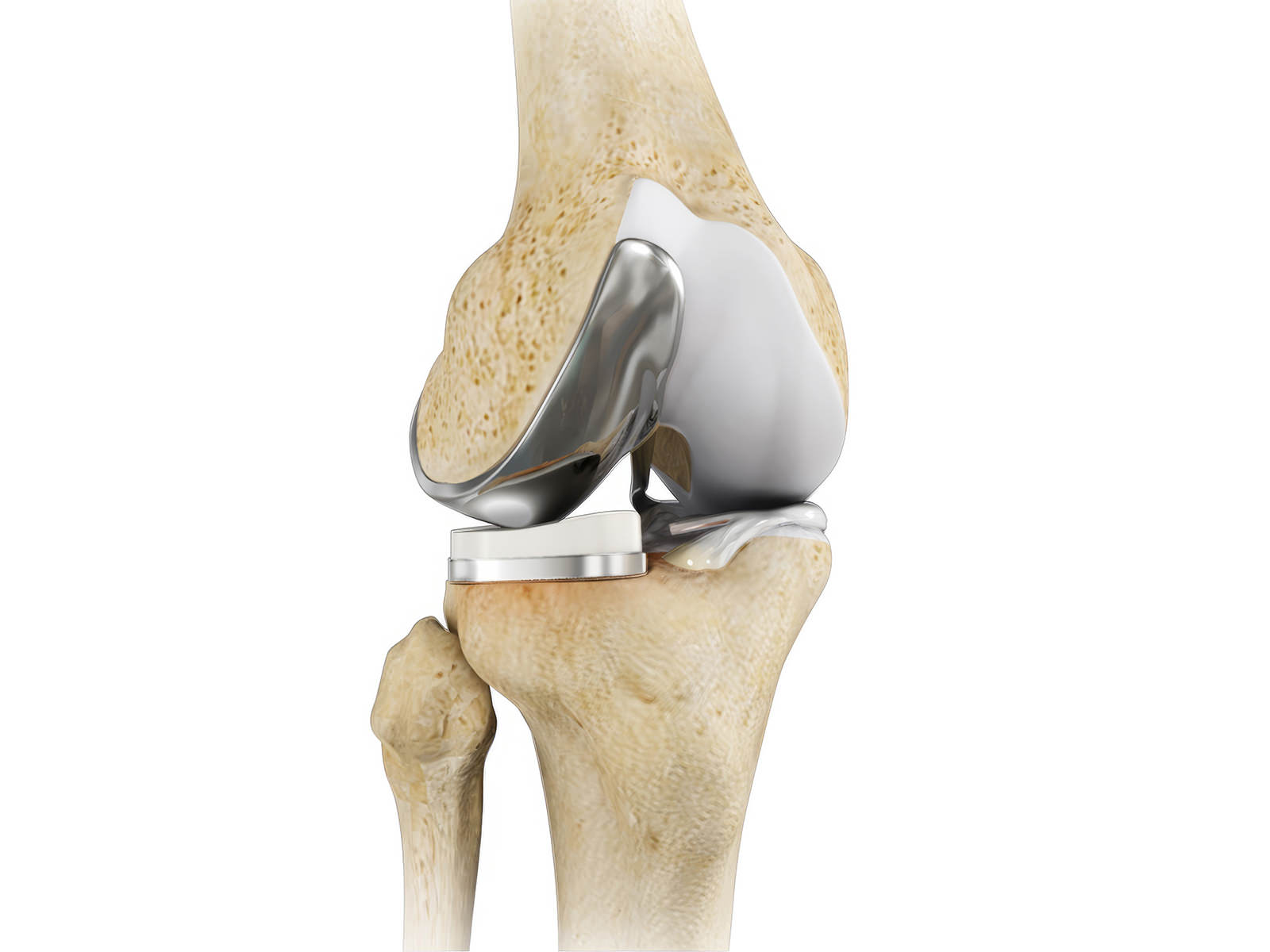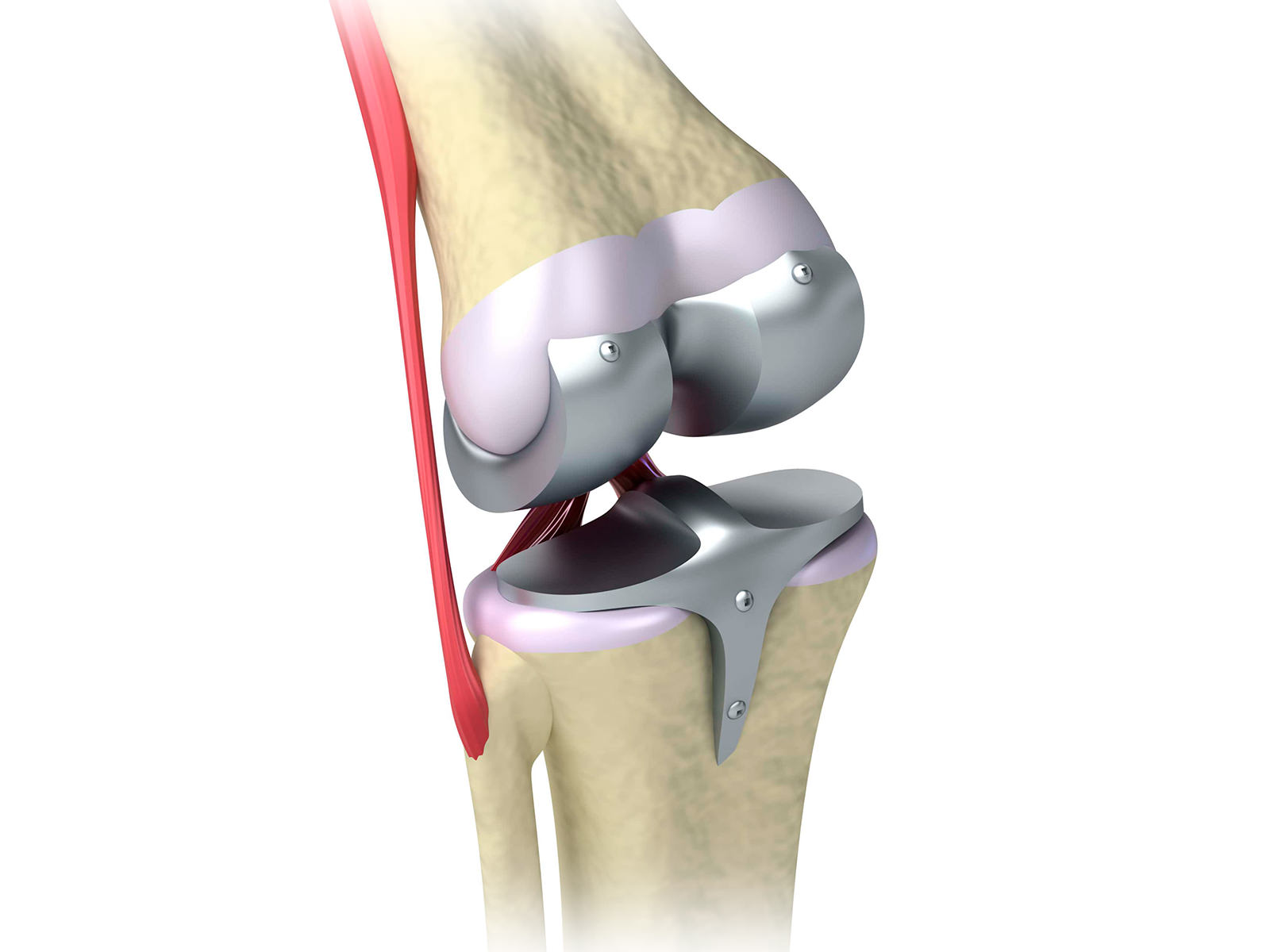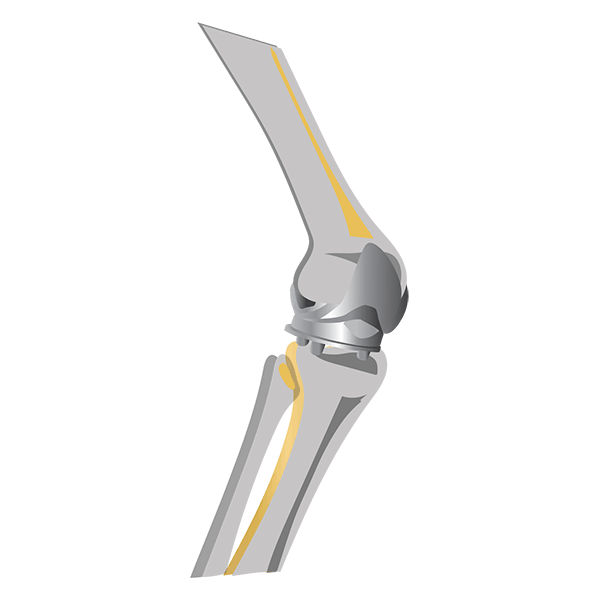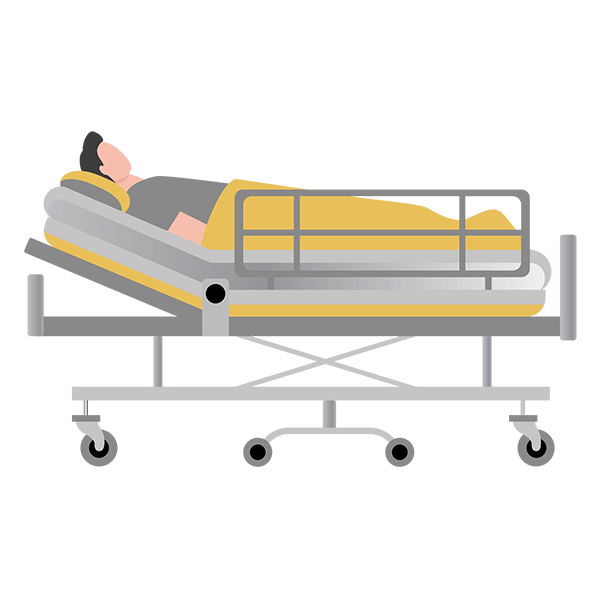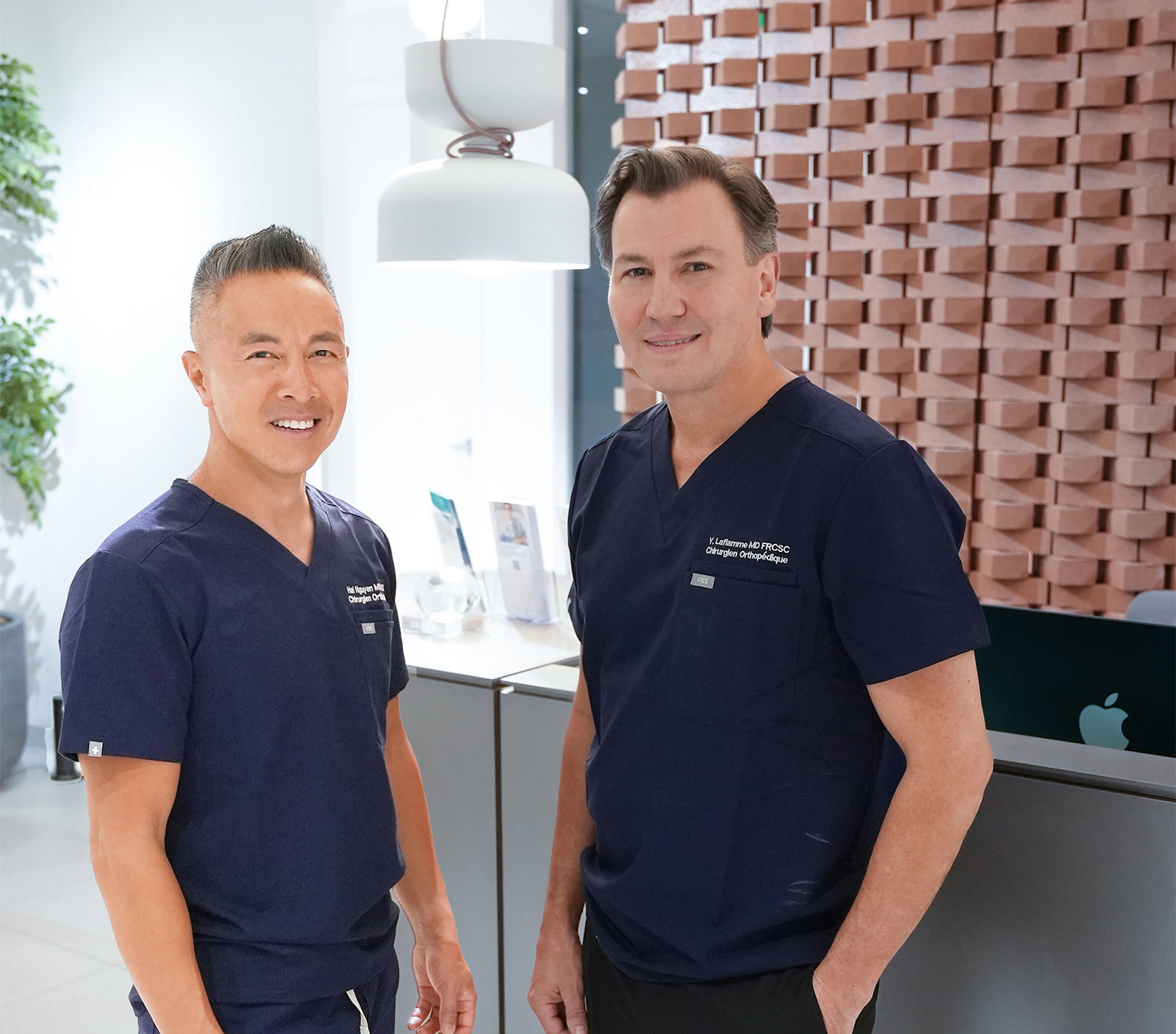ERAS – ENHANCED RECOVERY AFTER SURGERY PROTOCOL
What sets us apart is our comprehensive approach to patient care. It combines an enhanced recovery protocol with a minimally invasive surgical technique, allowing for faster recovery and the ability to walk as early as the day after surgery.
By standardizing care before, during, and after the operation—with a focus on nutrition, pain management, hydration, and early mobilization—this approach reduces hospital stays and complications while actively involving patients in their recovery. Our commitment to ERAS reflects our dedication to improving outcomes and the patient experience at the Hanche Genou Clinic.


